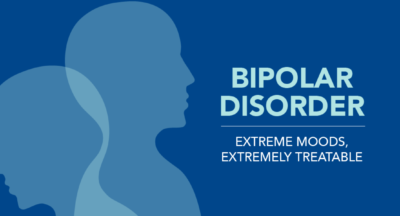Understanding DBT: Distress Tolerance and Effective Coping Strategies
[stm_zoom_conference post_id=”2106″]
Introduction to DBT
DBT, which stands for Dialectical Behavior Therapy, is a form of psychotherapy that was originally developed to treat individuals with borderline personality disorder (BPD). Over time, it has proven to be effective in helping people with a wide range of emotional and behavioral difficulties.
DBT is based on the concept of dialectics, which refers to the integration of seemingly opposing ideas or perspectives. It combines acceptance and change-oriented strategies to help individuals develop skills for managing intense emotions, improving relationships, and coping with distressing situations.
Distress Tolerance in DBT
Distress tolerance is a key component of DBT and refers to the ability to tolerate and survive intense emotional distress without resorting to harmful behaviors. It involves learning how to manage and cope with distressing situations without making them worse.
In DBT, distress tolerance skills are taught to help individuals cope with crisis situations, such as when they are overwhelmed by intense emotions or experiencing urges to engage in self-destructive behaviors. These skills help individuals tolerate distress in the moment and prevent impulsive actions that may have negative consequences.
STOP in DBT
STOP is an acronym commonly used in DBT to help individuals interrupt impulsive or harmful behaviors. It stands for:
- Stop: Pause and take a moment to stop the impulsive action or behavior.
- Take a breath: Focus on your breath to help calm your mind and body.
- Observe: Notice what is happening internally and externally without judgment.
- Proceed mindfully: Make a conscious choice about how to respond to the situation in a more effective way.
The STOP skill is designed to create a pause and increase awareness, allowing individuals to make more intentional choices rather than acting on impulse or automatic reactions. It helps individuals regain control over their actions and make healthier decisions.
TIP in DBT
TIP is another acronym used in DBT and stands for:
- Temperature: Change your body temperature by taking a cold shower, holding an ice pack, or splashing cold water on your face. This can help interrupt intense emotions.
- Intense exercise: Engage in vigorous physical activity to release pent-up energy and reduce emotional intensity.
- Paced breathing: Practice slow and controlled breathing to calm the body and mind.
TIP skills are used to quickly reduce emotional arousal and distress. They provide individuals with immediate strategies to regulate their emotions and prevent impulsive actions.
ACCEPTS in DBT
ACCEPTS is a set of coping skills taught in DBT to help individuals distract themselves from distressing emotions or situations. It stands for:
- Activities: Engage in activities that are enjoyable or absorbing.
- Contributing: Help others or engage in acts of kindness and generosity.
- Comparisons: Compare yourself to others who are less fortunate or who have overcome similar challenges.
- Emotions: Evoke different emotions by watching a movie, listening to music, or reading a book.
- Pushing away: Temporarily put aside distressing thoughts or emotions by focusing on something else.
- Thoughts: Engage in activities that require mental focus, such as puzzles or problem-solving.
- Sensations: Engage your senses by using scents, textures, or tastes that are pleasant or soothing.
ACCEPTS skills provide individuals with healthy distractions and alternative ways to cope with distress. By redirecting attention and engaging in positive activities, individuals can reduce the intensity of their emotions and find relief.
Conclusion
DBT offers individuals a comprehensive set of skills and strategies to effectively manage distress and improve emotional well-being. Distress tolerance skills, such as STOP, TIP, and ACCEPTS, provide individuals with practical tools to cope with intense emotions and challenging situations. By learning and practicing these skills, individuals can develop healthier ways of responding to distress and ultimately lead more fulfilling lives.
Related Posts
Understanding the Thought Record Sheet in Cognitive Behavioral Therapy (CBT)
https://www.youtube.com/watch?v=v3s2xk7ehyw Download the though record sheet...
Understanding Cognitive Behavioral Therapy (CBT) Principles
https://www.youtube.com/watch?v=cLYRV29mflM What is CBT? Cognitive Behavioral...
Understanding Anxiety Disorders According to DSM-5-TR
What is the Diagnostic and Statistical Manual of Mental Disorders-5-TR? The...
Understanding Bipolar Disorders and the DSM-5-TR
What is the Diagnostic and Statistical Manual of Mental Disorders-5-TR...





Thanks for improving our knowledge and skill.